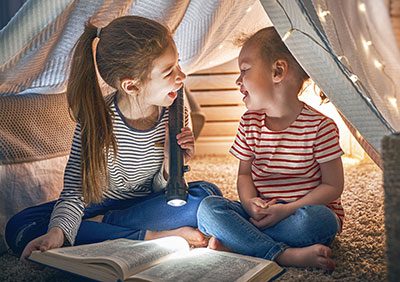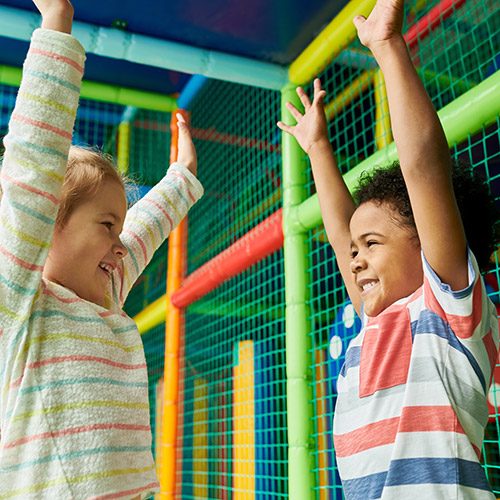Children’s contact needs
In the past, when children were placed for adoption it was believed that they needed a ‘clean break’ and ties with their birth family were cut. This view has now changed. Research shows that many adults who were adopted as children said they would have liked more information about their birth family as they were growing up to help them to have a better sense of their history and identity. As a result we have changed our training and practices to accommodate this development.
All adopters must be prepared for some form of ongoing contact after adoption between a child and significant people from their birth family. The level of contact may vary and can include direct and indirect contact.
Letterbox
The Letterbox system facilitates indirect contact between the birth family and the adopted family and child. This usually takes the form of an exchange of written information via the adoption agency and could be once or twice yearly. This safe and secure system ensures the confidentiality of adoptive families.
Direct contact
For some children, direct (face to face) contact is appropriate. This could be with a brother or sister who has been placed with a different adopter, a birth parent or with a grandparent who has cared for the child. Birth families are not given the address of adopters and we will support you and the child if direct contact is planned. Part of our role involves mediating between adopters and birth families where, over time, a child’s need for contact may change or difficulties arise.
Training
During the process of preparation to become an adopter you will be given more information and the opportunity to ask questions about contact. It is important that after learning more about adoption you are honest with yourselves and us, about the level of contact that you can accept.
Further sources
First Steps is a free and online adoptive parenting resource with a variety of short courses and tutorials. Check out their website for more details.


